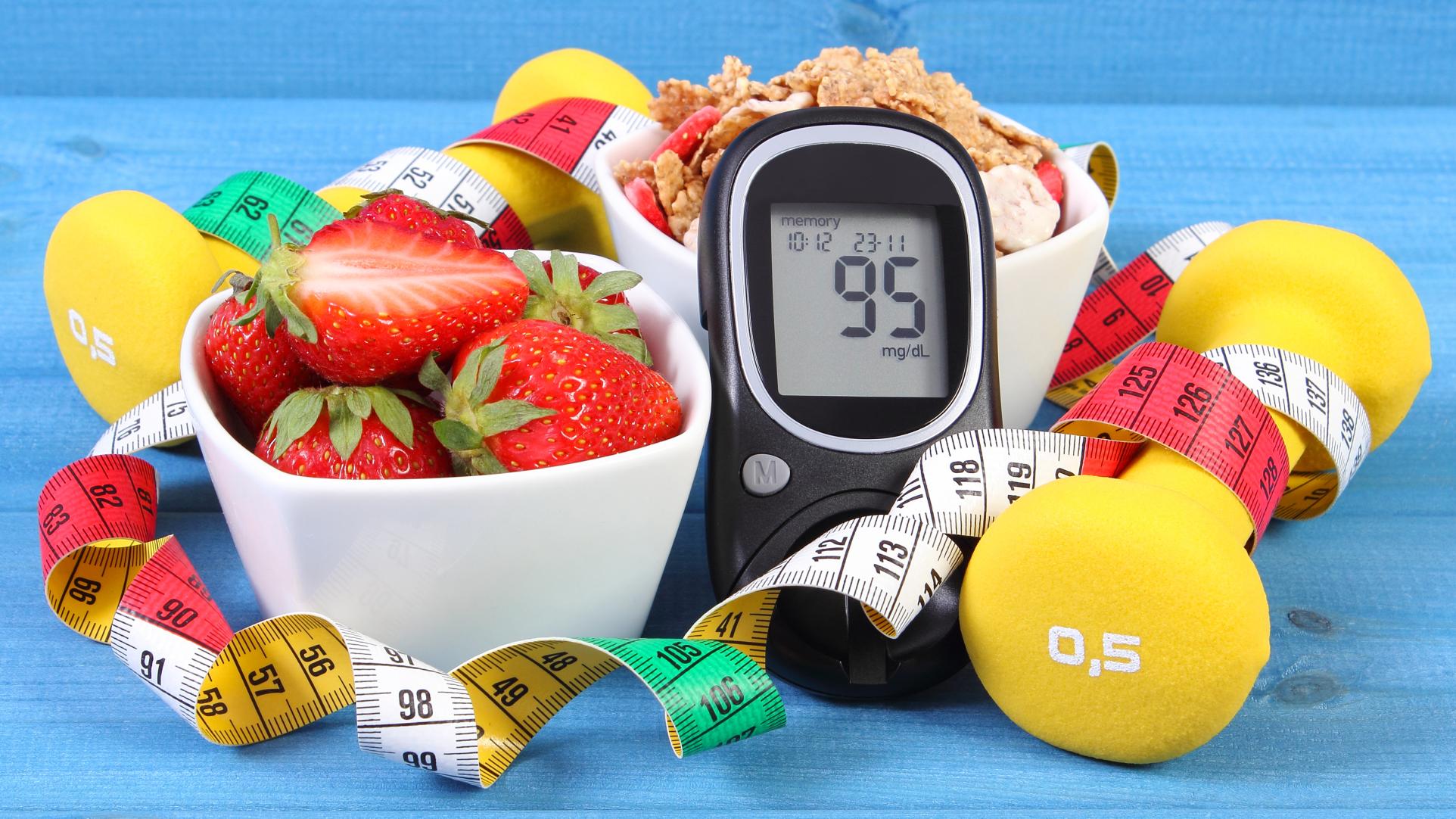Jimmy’s story. Jimmy was a big baby—10 pounds at birth. By age ten, he tipped the scales at 150 pounds. Just baby fat, his mother reasoned. He will grow out of it. Jimmy did grow out of it and into something worse: diabetes. By age thirteen he was twenty pounds heavier, tired all the time, and constantly hungry. He satisfied his hunger with donuts and soft drinks. At school he chose pizza, hamburgers, hot dogs, fries, and brownies or cookies for dessert. He rarely ate salad, whole grains, beans, or fresh fruit. He seldom exercised. He was thirsty no matter how much pop he drank, and suffered from depression and poor concentration. His pediatrician told him that on his current course, he would be dead by age 25.
Sadly, Jimmy’s story is not uncommon. One out of three children born in the US in the year 2000 will develop diabetes by young adulthood. There are roughly 30 million adult diabetics, and nearly 90 million who are in the process of developing diabetes, called “prediabetes.”1 These are grim numbers, but there is hope for the diabetic and pre-diabetic. Lifestyle changes dramatically change the numbers and the outcome of this disease. You are not a number. You are a person, and there is hope for a new life, better health, and hope in your healing journey.
What is diabetes? Diabetes is a group of diseases characterized by high levels of sugar in the blood. But that is only the tip of the iceberg. Diabetes is a metabolic disorder that causes the body’s cells to be deprived of fuel (glucose). When uncontrolled, it causes problems with circulation, heart health, kidney function, eyesight, immune function, depression, mental processing, and cancer and dementia risk. Most diabetics, up to 95%, are type 2, a form of the disease that develops due to a combination of inactivity, poor nutrition, and overweight. Eight out of ten people who suffer from type 2 diabetes are overweight. Those who carry fat at their waist are at higher risk. Type 1 diabetics have an autoimmune disorder and require daily insulin. All forms of diabetes respond well to positive lifestyle choices.

Diabetes, Metabolism, and Microbiome. Inactivity doubles the risk of developing diabetes. Being overweight triples the risk. When waist-size in women increases from 28 inches to 38 inches, the risk of developing diabetes is increased 6-fold! The good news is that as much as 90 percent of type 2 diabetes can be prevented with lifestyle improvement, even if diabetes runs in your family.2 The great news is that the very tools that prevent diabetes also manage and reverse symptoms.
A low-fiber diet causes a shift in the gut bacteria, called “microbiome,” that affects metabolism, weight gain, and insulin-resistance. A diet rich in vegetables, fruits, beans, nuts, and seeds shifts the gut population to aid in weight loss, insulin sensitivity, inflammation, and overall metabolism. Think “crunch” foods such as celery, raw veggies, apples, and other fibrous foods. Adding crunchy fiber foods and beans to your meals is a delicious way to curb cravings and improve weight and blood sugar control.3
Lifestyle Links for Better Health. How can this terrible trend be reversed? Lifestyle choices can dramatically affect the risk, severity, and progression of pre-diabetes and diabetes. Lifestyle links for preventing and even reversing prediabetes and early diabetes include: quitting smoking, managing stress, getting adequate sleep, choosing whole foods, and carving out regular exercise—especially walking after meals.

Make Memory Meals.
- More home-cooked meals using more vegetables, fruits, and beans
- Eat a high-fiber breakfast, including whole grains and fresh fruit
- Start your meal with vegetable soup, salad, or fruit
- Increase beans (eat every day if possible), vegetables, and salads
- Eliminate/curb high-fat fast foods and sweets
- Decrease meat and dairy intake
Ditch the Drinks.
- Eliminate soda pop, both diet and regular
- Replace high-calorie lattes and juice drinks with pure water
- Replace alcohol and caffeinated beverages with herbal teas
- Drink at least 8-10 glasses of water each day
Walk to Wellness.
- To begin, walk briskly for 10 minutes after meals
- Plan daily moderate exercise into your schedule
- Create an exercise plan that builds up to a total of one hour a day
- Exercise with friends to keep you motivated
Call to Action: Through the Living Word
Every human being is designed by God for renewal, restoration, and recovery. Uncontrolled diabetes disrupts body systems, destroys health, and drains energy. Fortunately, positive lifestyle choices can help the diabetic to recover health, restore the body, and renew strength. God’s plan for healthful living also includes powerful principles for restoring mental, spiritual, and emotional health.
Whether you suffer as a result of poor choices, a destructive environment, or inherited risks for depression and disease, God wants to place you on His healing path—a path that ends in eternal life. Even though we live in a world where suffering happens as a result of sin and evil, we can avoid the needless suffering that comes through choices that violate health principles that govern our bodies. Thankfully, even when we have made wrong choices, we have the promise: “I will restore health to you and heal you of your wounds, says the LORD.” Jeremiah 17:30
One day at a time, Jimmy started exercising and eating better—and was able to avoid the terrible prognosis of his doctor that day. Forming new habits requires a “one-day-at-a-time” mindset—a mindset that doesn’t look back at past failures. The apostle Paul illustrated this “can-do” mindset: “This one thing I do, forgetting what is behind me, and reaching forward to the things which are ahead, I press on toward the goal, for the prize of God’s heavenward call in Christ Jesus.” Phil 3:13-14.
Will you decide on better choices and health today? A healing path is open for you!

Visit LifestyleMatters.com for more resources.
All scripture taken from the New King James Version®. Copyright © 1982 by Thomas Nelson. Used by permission. All rights reserved.
- http://www.cdc.gov/features/diabetesfactsheet/2014.
- NEJM 2001;345:790-7.
- http://www.foodandnutrition.org/May-June-2015/Microbiome-The-Garden-Within/




